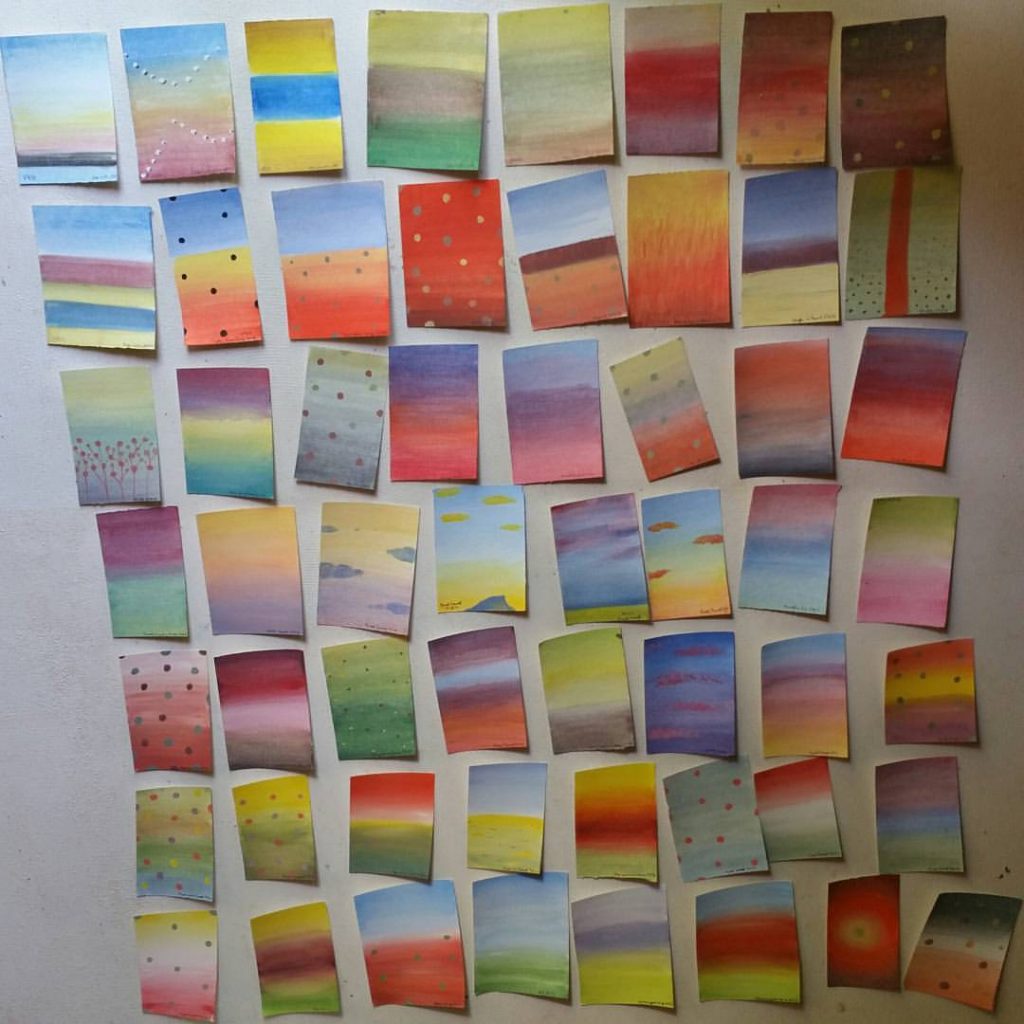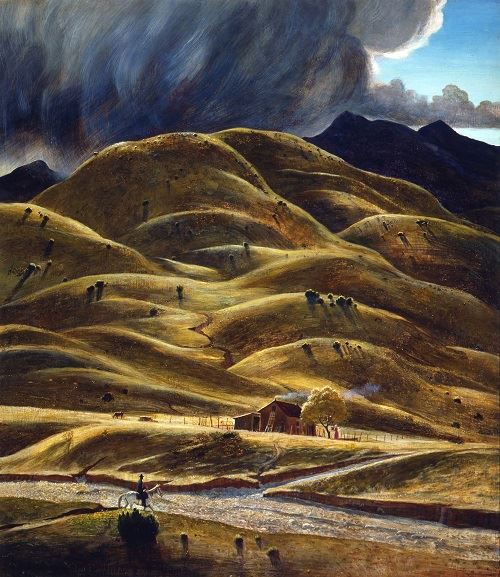After debating for months whether or not we should do it, Brandon and I decided to watch the pilot for the relaunch of Roswell. Our curiosity about how the show would interpret the place we lived in for several years finally overpowered us. I’ve never watched the original iteration of the series, so I don’t have that nostalgia working for or against me when it comes to this show.
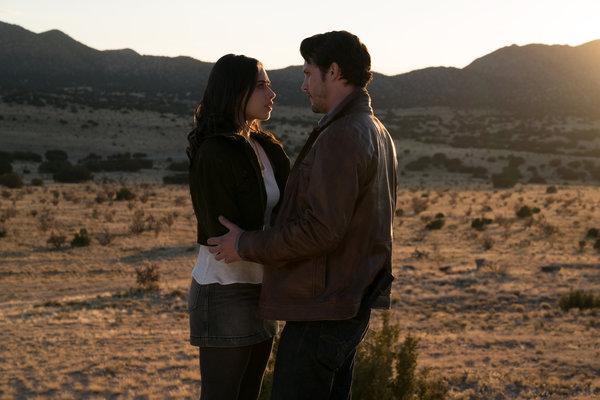
We both went in expecting it wouldn’t be an accurate portrayal of the city. From the opening narration describing Roswell as a sleepy little town in 1947 (it was actually the second largest city in in New Mexico at the time), to a mountainous landscape that is more akin to Santa Fe than southeastern New Mexico, the Roswell we were seeing wasn’t the one we actually lived in. Not surprising, considering it was filmed in the Santa Fe/Las Vegas area.
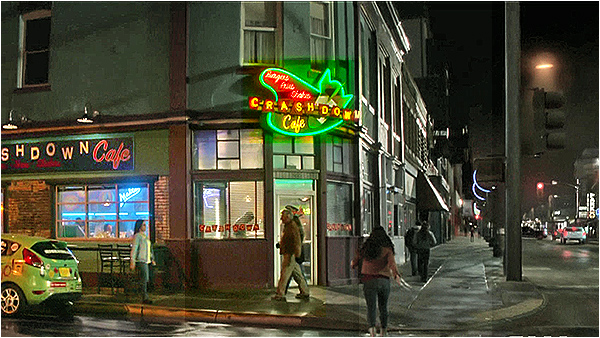
Most of our riffing could be applied to any show supposedly set in a real location: the actors were too attractive to be average residents, the shops portrayed don’t actually exist, etc. etc. The parts it did get right, the small-town gossip, the drive-by shootings and other acts of violence, only seemed to highlight the negative aspects of the area.
To be fair, it’s encouraging to see a Latina in one of the lead roles, especially considering that more than 50% of Roswell’s population is Hispanic. The show also tackles issues of immigration and legal status, with the whitest characters being quite literally the illegal aliens. They also got the name of the county right (Chaves County), and the road you take into Roswell if you’re coming from the north, 285.
What got Brandon and me, however, was that the sense of place was off. I know they were going for an otherworldly feel, and heaven knows New Mexico has plenty of that, but most of the filming takes place in Las Vegas, a small town about 2.5 hours north of Roswell. That may not sound like much, but geographically and culturally, Las Vegas and Roswell are two very different places.
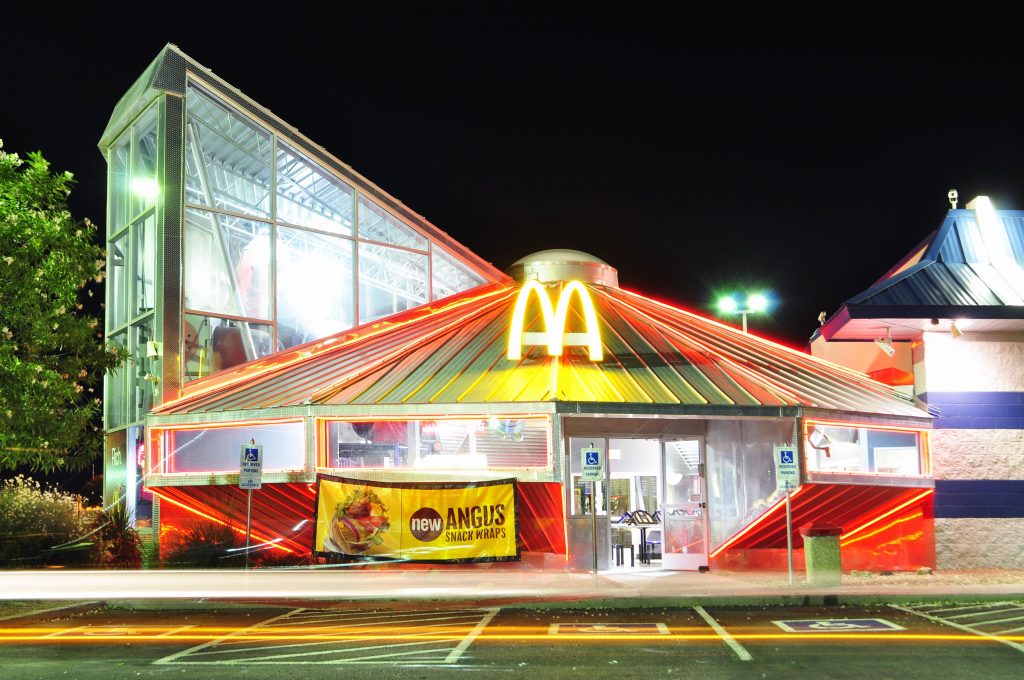
The McDonalds is probably the most lively example of UFO kitsch in Roswell. 
The real Main Street, which definitely has UFO theme, but it’s a somewhat beleaguered one.
This was particularly apparent in the way Roswell approaches its UFO culture. In the show, Roswell has more or less fully embraced it (I always saw at least one person wearing the iconic diner outfit during the UFO Festival, but no one actually dresses like that in Roswell in everyday life), but the reality is more complex.
Roswell was founded in the 19th century as a ranching and agricultural community, and generations of people have lived there doing exactly that. White settlers first arrived around the 1860s, but indigenous and Hispanic communities predated them.
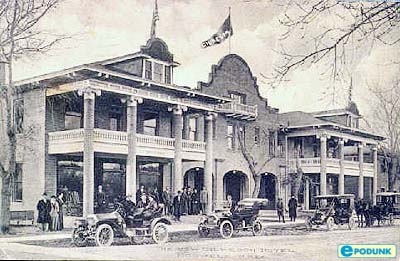
Particularly frustrating for science-minded folks is the fact that Roswell was home to real, hard science research before it became associated with ufology and conspiracy theories. During the 1930s, Robert H. Goddard, one of the first rocket scientists to seriously experiment with liquid fuel propulsion, relocated from Massachusetts to Roswell to continue his experiments, and spent the next 12 years building and launching rockets. His wife and partner, Esther Kisk Goddard, played a key role in documenting these experiments as well as doing pioneering work in extracting photographic stills from moving film. Their research continues to inform rocket science today, and the Roswell Museum is home to an important collection of their work.

Roswell also didn’t have a UFO tourist scene until the 1990s because the government had told residents to keep quiet about whatever had happened in 1947. I personally blame the enormous popularity of The X Files, and before you get on my case about not liking it, I used to watch it every week when it was on TV. In short, the whole Ufology thing is a relatively recent newcomer to Roswell’s cultural landscape. While Main Street certainly has a lot of UFO-themed places, there’s an ambivalence about it. At least when I was living there, it wasn’t so much a joyful embrace of kitsch as it was a sense of obligatory decoration. Walking downtown, I always got the impression the storefronts were saying: “look, we know this is what the tourists are into, but it’s not really our scene.” On the whole, residents other than a handful of artists tend to ignore the whole UFO scene altogether.

This sense of understated exasperation with the UFO scene becomes more relatable when you consider all the things that Roswell residents do get passionate about. In addition to its ranching, Roswell is home to a lively arts community. A lot of this comes from the phenomenal Artist-in-Residence program, which has been bringing artists from around the world to Roswell for over 50 years, but there are a lot of homegrown artists too. The gallery above, for example, belongs to Bone Springs Art Space, a labor of love from artist and educator Miranda Howe. A Roswell native, Howe spent four years renovating this vintage space, and is part of an artistic family that has been working creatively in Roswell for five generations. Her grandfather taught art classes at the Roswell Museum back in the 1950s, for instance, and her great-uncle was a prominent photojournalist. Her uncle, Kim Wiggins, is a prominent western artist, while her brother, Jeremy, paints with fireworks. Her mother, Elaine, started an art educational facility known as the Creative Learning Center. And that’s just one example of the creativity you’ll find in Roswell. While I don’t expect a show about aliens to address this side of the city, it is frustrating to see all that labor and effort get overshadowed.

The other thing off about the sense of place is the landscape. As I mentioned, Roswell is primarily filmed around Las Vegas, and the landscape here can range from hilly to mountainous. That’s fine, except that’s what you find primarily in northern New Mexico.
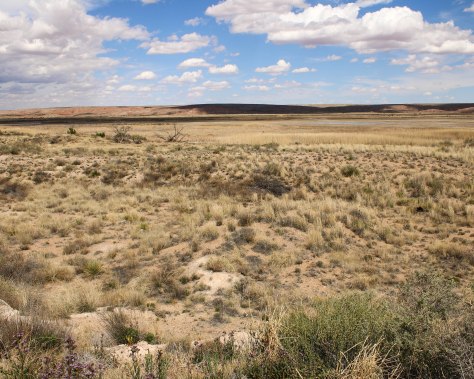
Southeastern New Mexico, where Roswell is located, is more akin to west Texas. It’s primarily flat with the occasional plateau or mesa. It does have one mountain, El Capitan, which is a landmark of the area. At first glance, the landscape might appear sparsely vegetated, uncannily clear and crisp due to the dry air, and even terrifying in its openness.
Yet there is a beauty to it, and part of my journey with living in Roswell was learning to see and accept it on its own terms. There are geological features like Bottomless Lakes, for example, which features a variety of water-filled sinkholes enveloped by red rocks. Even within the town itself, there’s a bright palette embedded in the soil or stretching across an evening sky if you’re willing to look for it. Indeed, one of the reasons I started painting abstract color blocks in the first place was to capture Roswell’s colors and counter anyone who argued that it was nothing but brown.
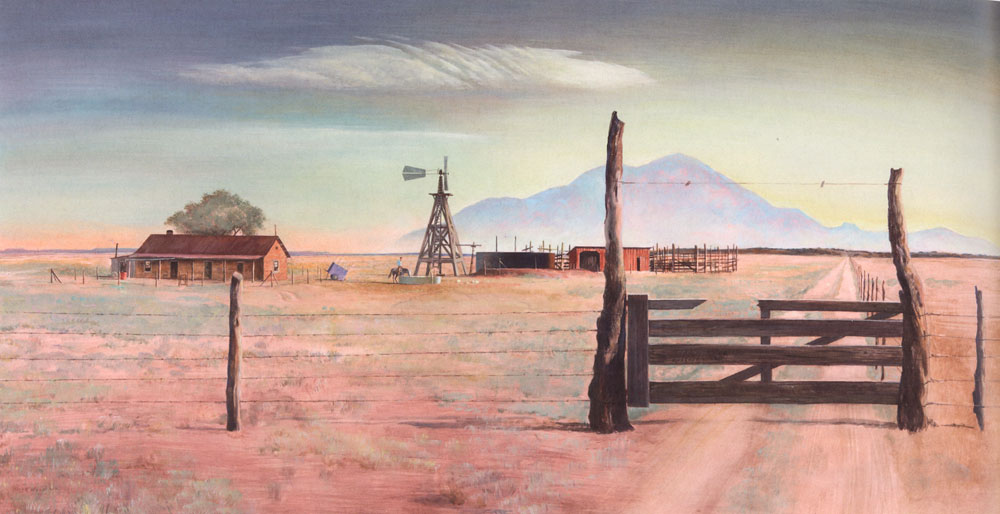
Artist Peter Hurd (1904-1984) understood Roswell’s distinct character. A Roswell native, he studied with illustrator NC Wyeth in the 1920s before returning to his home state to study and paint its beauty with an artist’s understanding. In paintings like The Gate and Beyond, he captures the stillness that characterizes this place while demonstrating its surprisingly colorful palette as rendered through pink soils and a turquoise sky. No wonder Roswellians love his work; through his paintings, he told residents that their town was worthy of aesthetic contemplation.
And the thing is, there are hilly regions around Roswell. San Patricio, where Hurd lived and worked as an adult, is located about 50 miles west of Roswell. Its landscape undulates as much as anything you’ll see in Las Vegas, and in the warm glow of the evening light, it’s just as spectacular. Yet it’s different from what you find up north, and anyone who has spent time in southeastern New Mexico would recognize that immediately if they watched the show. Having been fortunate enough to visit San Patricio on several occasions, it’s just a little frustrating to see it get elided with the Las Vegas landscape. Not that there’s anything wrong with Las Vegas, I’ve been there too and it is beautiful, but it’s not synonymous with southeastern New Mexico.
But I’m starting to sound curmudgeonly. After all, what people want in a show like Roswell, New Mexico is aliens, and that’s definitely the focus. And there’s nothing wrong with liking the show. If it makes you happy, by all means, watch it.

Just don’t assume that what you see on TV is the real Roswell. If you want to see that, go there and experience it for yourself. Also, don’t be disappointed if it doesn’t look like Santa Fe or Taos or any of the more famous communities in the northern part of the state. Instead, approach it on its own terms, and you may be pleasantly surprised by what you see.

